Hongliang Bai
MSFD:Multi-Scale Receptive Field Face Detector
Mar 11, 2019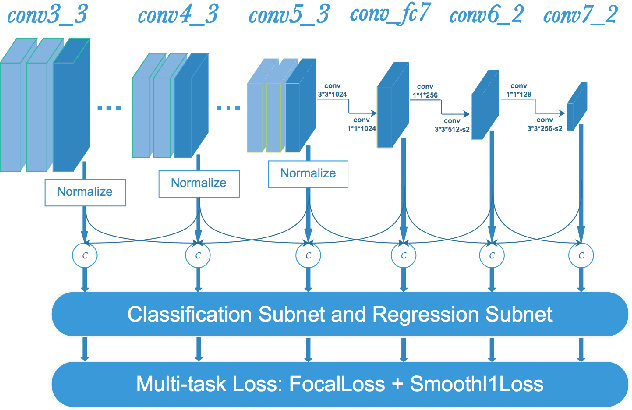

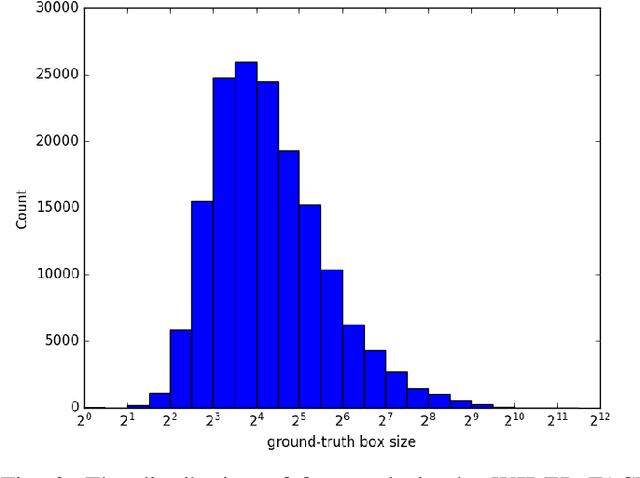
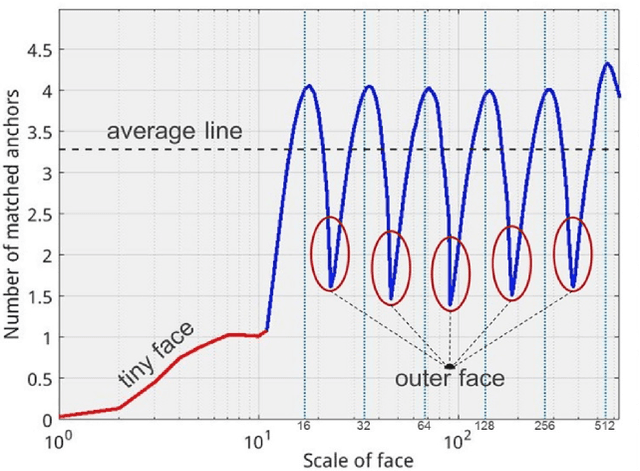
Abstract:We aim to study the multi-scale receptive fields of a single convolutional neural network to detect faces of varied scales. This paper presents our Multi-Scale Receptive Field Face Detector (MSFD), which has superior performance on detecting faces at different scales and enjoys real-time inference speed. MSFD agglomerates context and texture by hierarchical structure. More additional information and rich receptive field bring significant improvement but generate marginal time consumption. We simultaneously propose an anchor assignment strategy which can cover faces with a wide range of scales to improve the recall rate of small faces and rotated faces. To reduce the false positive rate, we train our detector with focal loss which keeps the easy samples from overwhelming. As a result, MSFD reaches superior results on the FDDB, Pascal-Faces and WIDER FACE datasets, and can run at 31 FPS on GPU for VGA-resolution images.
Multi-hierarchical Independent Correlation Filters for Visual Tracking
Nov 27, 2018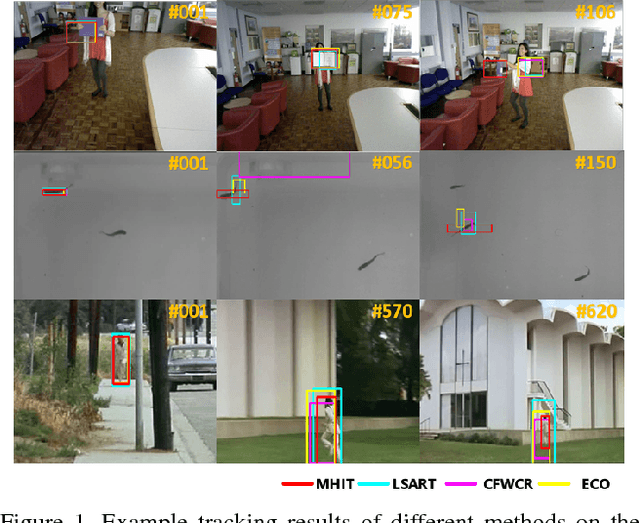
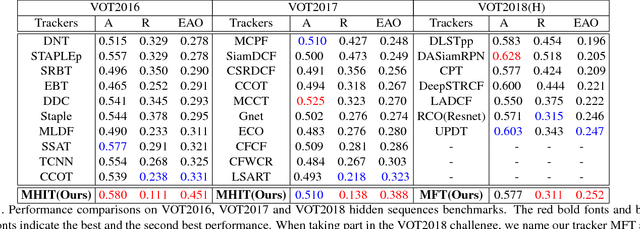

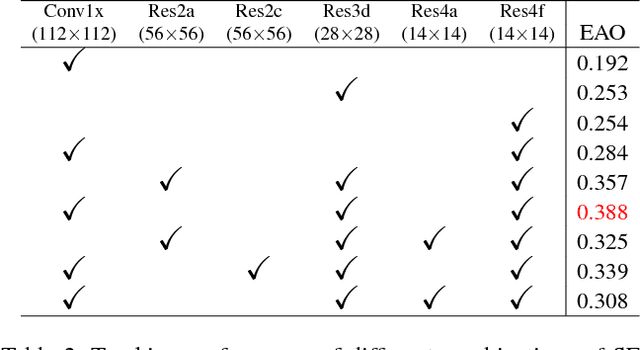
Abstract:For visual tracking, most of the traditional correlation filters (CF) based methods suffer from the bottleneck of feature redundancy and lack of motion information. In this paper, we design a novel tracking framework, called multi-hierarchical independent correlation filters (MHIT). The framework consists of motion estimation module, hierarchical features selection, independent CF online learning, and adaptive multi-branch CF fusion. Specifically, the motion estimation module is introduced to capture motion information, which effectively alleviates the object partial occlusion in the temporal video. The multi-hierarchical deep features of CNN representing different semantic information can be fully excavated to track multi-scale objects. To better overcome the deep feature redundancy, each hierarchical features are independently fed into a single branch to implement the online learning of parameters. Finally, an adaptive weight scheme is integrated into the framework to fuse these independent multi-branch CFs for the better and more robust visual object tracking. Extensive experiments on OTB and VOT datasets show that the proposed MHIT tracker can significantly improve the tracking performance. Especially, it obtains a 20.1% relative performance gain compared to the top trackers on the VOT2017 challenge, and also achieves new state-of-the-art performance on the VOT2018 challenge.
 Add to Chrome
Add to Chrome Add to Firefox
Add to Firefox Add to Edge
Add to Edge